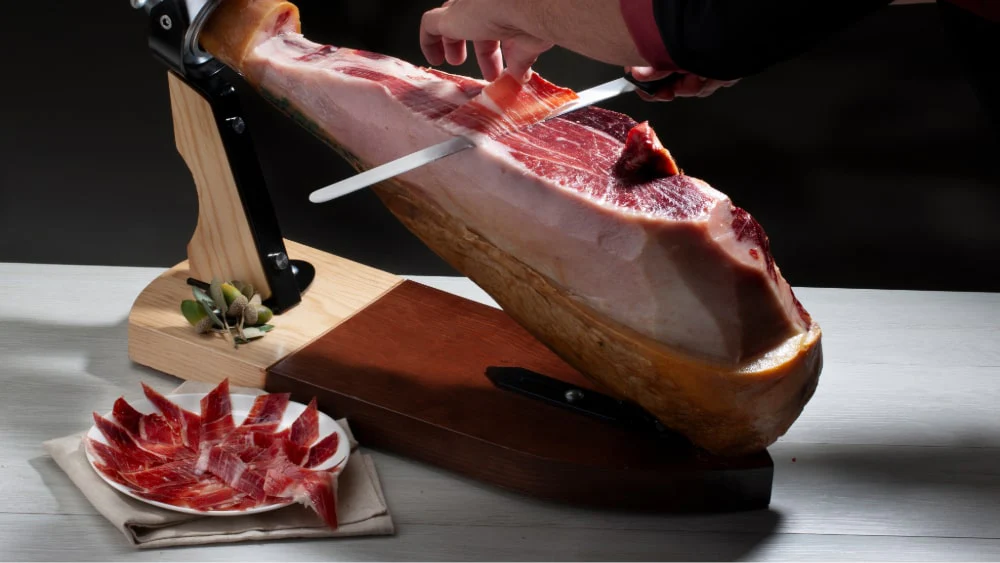iwillnotbebroken.org – Iberico ham, a Spanish delicacy, is renowned for its exceptional flavor, texture, and aroma. This exquisite ham is produced from pigs that are raised on a diet of acorns, a practice known as montanera. The acorn-rich diet contributes to the unique marbling and intense flavor of the meat.
The Montanera Process
The montanera process is a crucial step in the production of Iberico ham. During the autumn and winter months, the pigs are allowed to roam freely in the dehesas, vast oak forests in Spain. They feed on acorns, herbs, and other natural foods, which impart a distinctive flavor to the meat.
The Curing Process
After the montanera period, the pigs are slaughtered, and the hams are cured using a traditional process that can take several years. The hams are salted, washed, and dried in controlled environments. During this curing process, the meat loses moisture and develops a complex flavor profile.
The Different Grades of Iberico Ham
Iberico ham is classified into different grades based on the breed of pig, the quality of the acorns, and the duration of the curing process. The highest quality Iberico ham is known as Jamón Ibérico de Bellota, which is produced from purebred Iberian pigs that have been fed exclusively on acorns.
A Culinary Delight
Iberico ham is a versatile ingredient that can be enjoyed in a variety of ways. It is often sliced thinly and served as an appetizer or a main course. It can also be used to flavor salads, pasta dishes, and sandwiches. The rich, complex flavor of Iberico ham elevates any dish to a culinary masterpiece.




